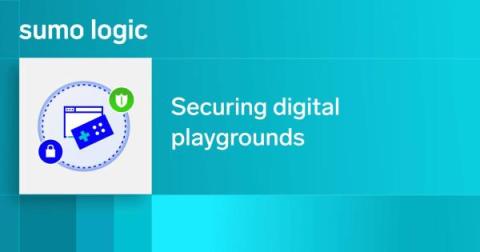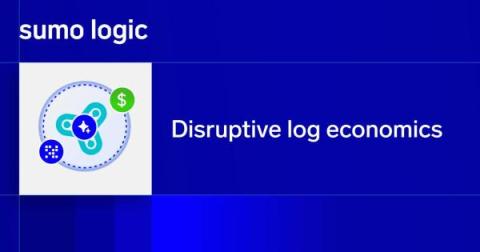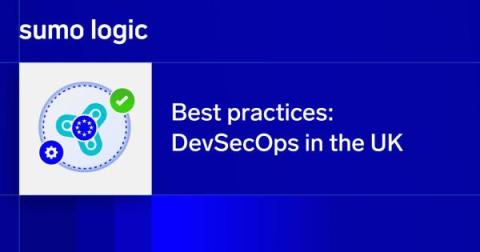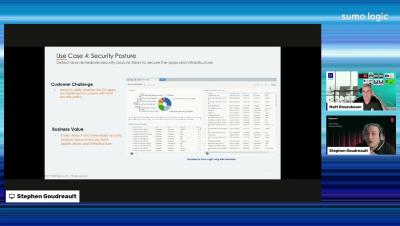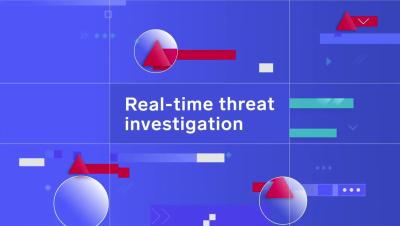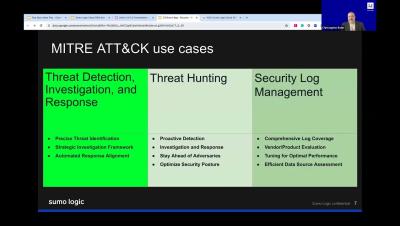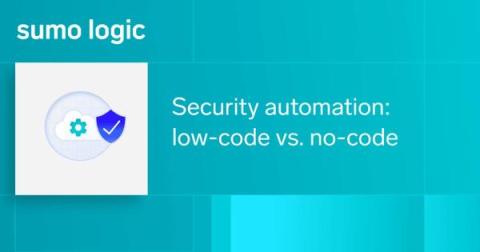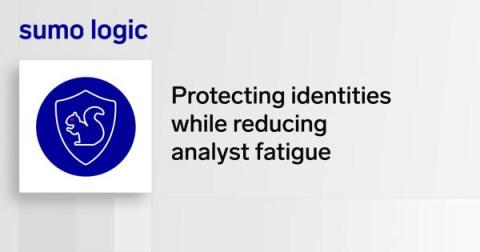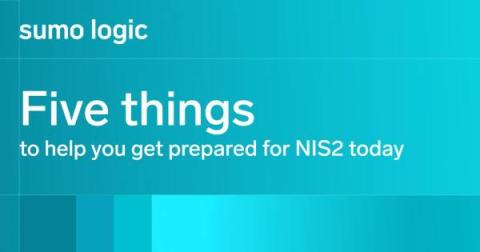Guarding the game: securing digital playgrounds
Imagine needing to stop a playoff game because viewers were actively impacting the sport, helping players catch impossible passes or score points they never should have gotten. That’s the equivalent of what happened when an Apex Legends hack during the North American finals interrupted the tournament and raised cybersecurity concerns for everyone involved. With global esports a billion-dollar industry, and competitive video gaming in general worth much more than that, this has a serious impact.


